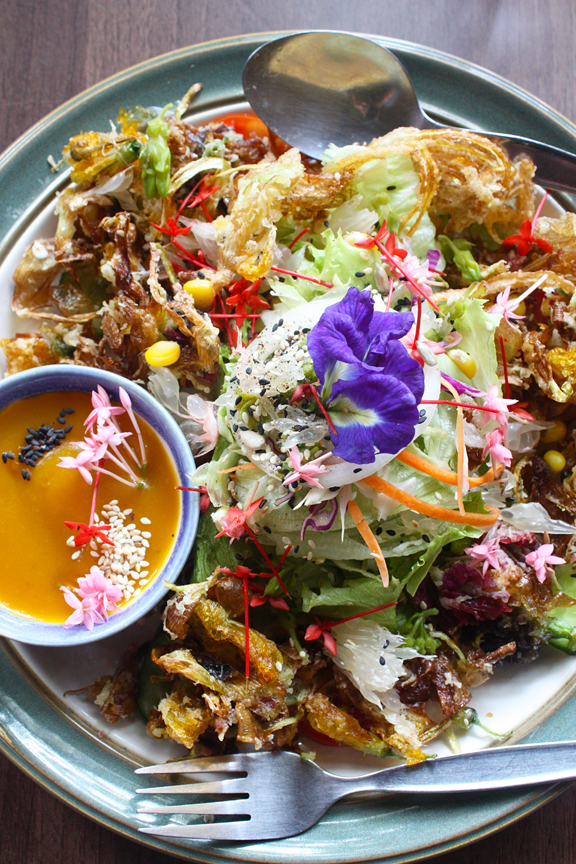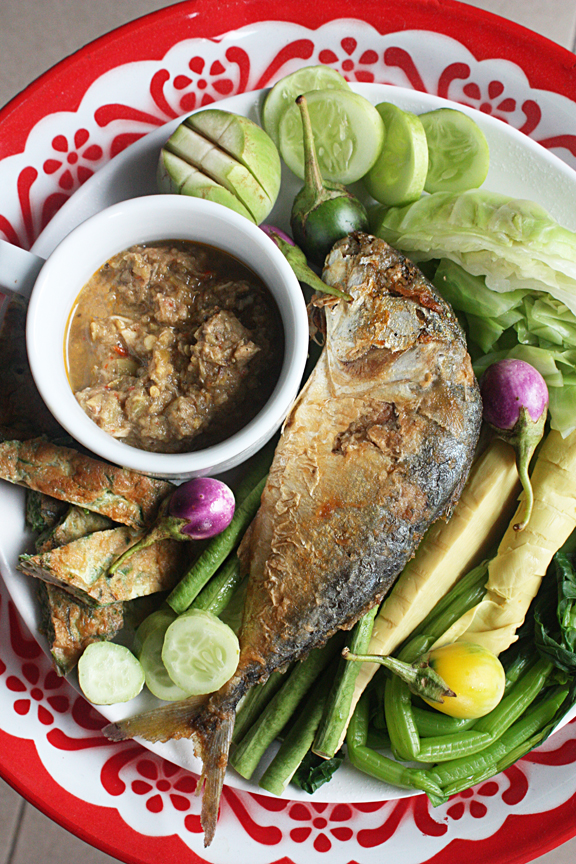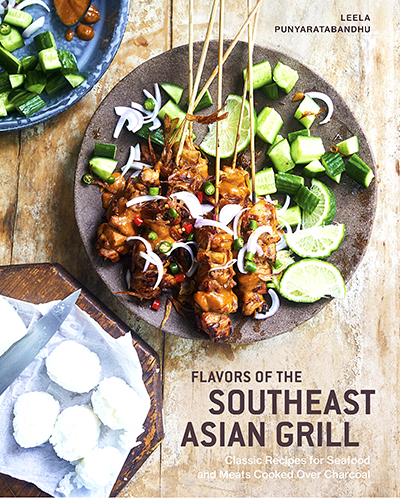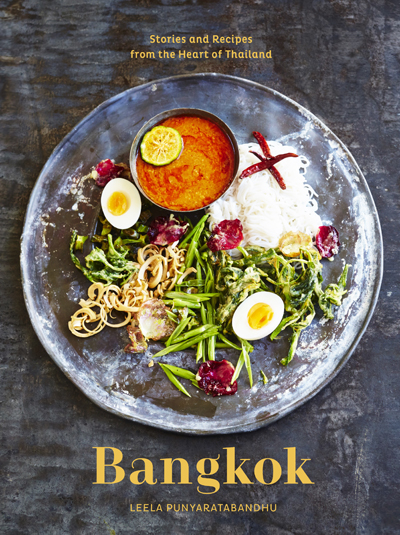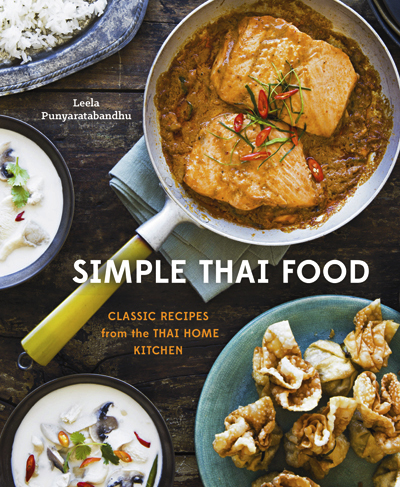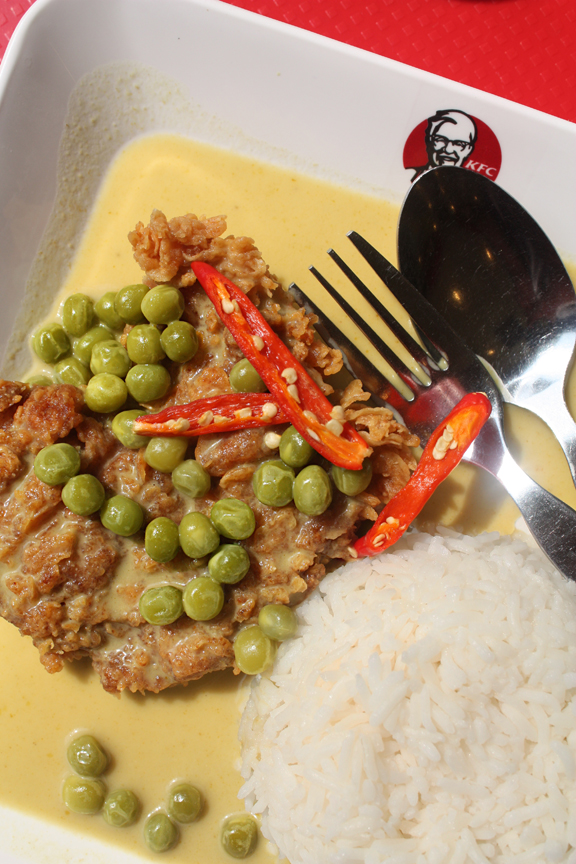
Originally, this was supposed to be a short post about KFC Thailand’s fried chicken with green curry sauce, how funny the advertisement for this same menu offering at KFC Malaysia is (“So authentic even the Thais want it“), and how surprised I am to have found recently that it is quite good [1]. But after having given it more thought, I’ve found myself going off in a different direction. What this has become is the first of a two-part piece on why Thai food as found in most Thai restaurants overseas is the way it is, i.e. anything from slightly different to almost unrecognizably different to perfect-fodder-for-Thais-eating-at-a-Thai-restaurant-overseas-to-photograph-and-show-to-their-Facebook-friends-just-how-ridiculous-it-is different from what you find in Thailand.
At a risk of being too simplistic, it all comes down to the need — be it real or felt — to please (the locals). Ideally, you would be able to export food as it is made in one culture to another without any alteration and have it wholly embraced by the locals. But in reality, it’s not so easy. Many success stories of American fast-food chains in different countries around the world testify to this fact: indigenize or go home (or indigenize poorly and be mediocre). I know that the scope of this is unfairly narrow, but this is a blog post, not a thesis. So I’ll just cover one aspect of it which is most relevant to the subject of this blog: the making of Thai food.
So I’m thinking: If we want to understand the Americanization of Thai food, perhaps we should look first at the other side of it: the indigenization of American food. Continue Reading →







